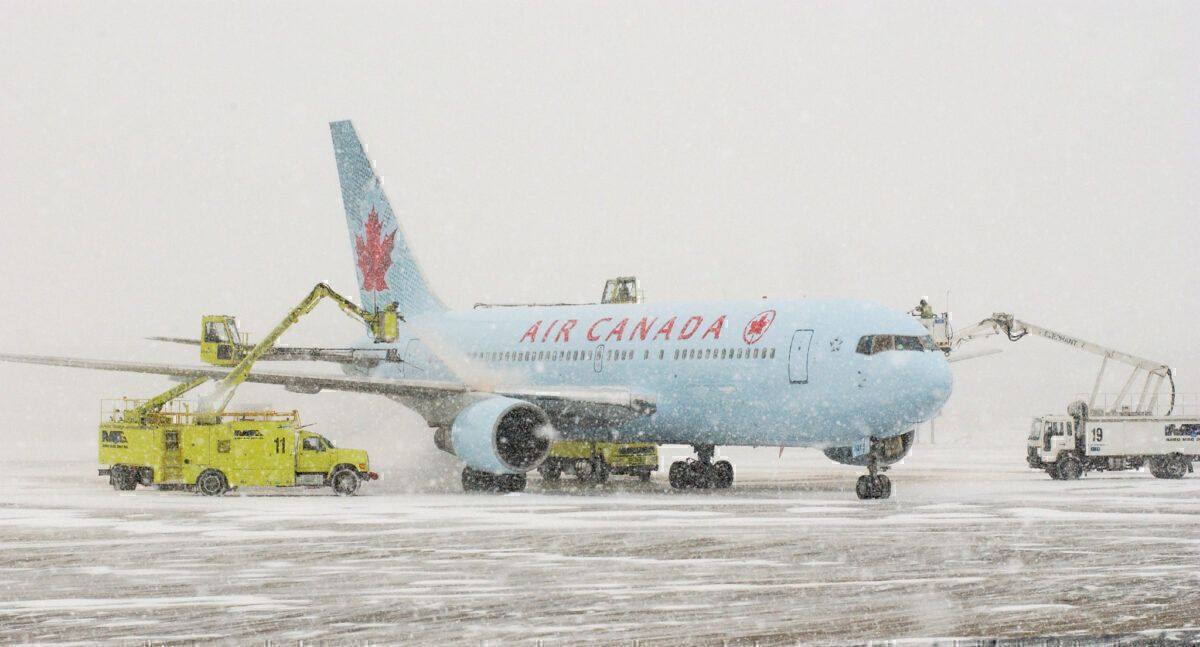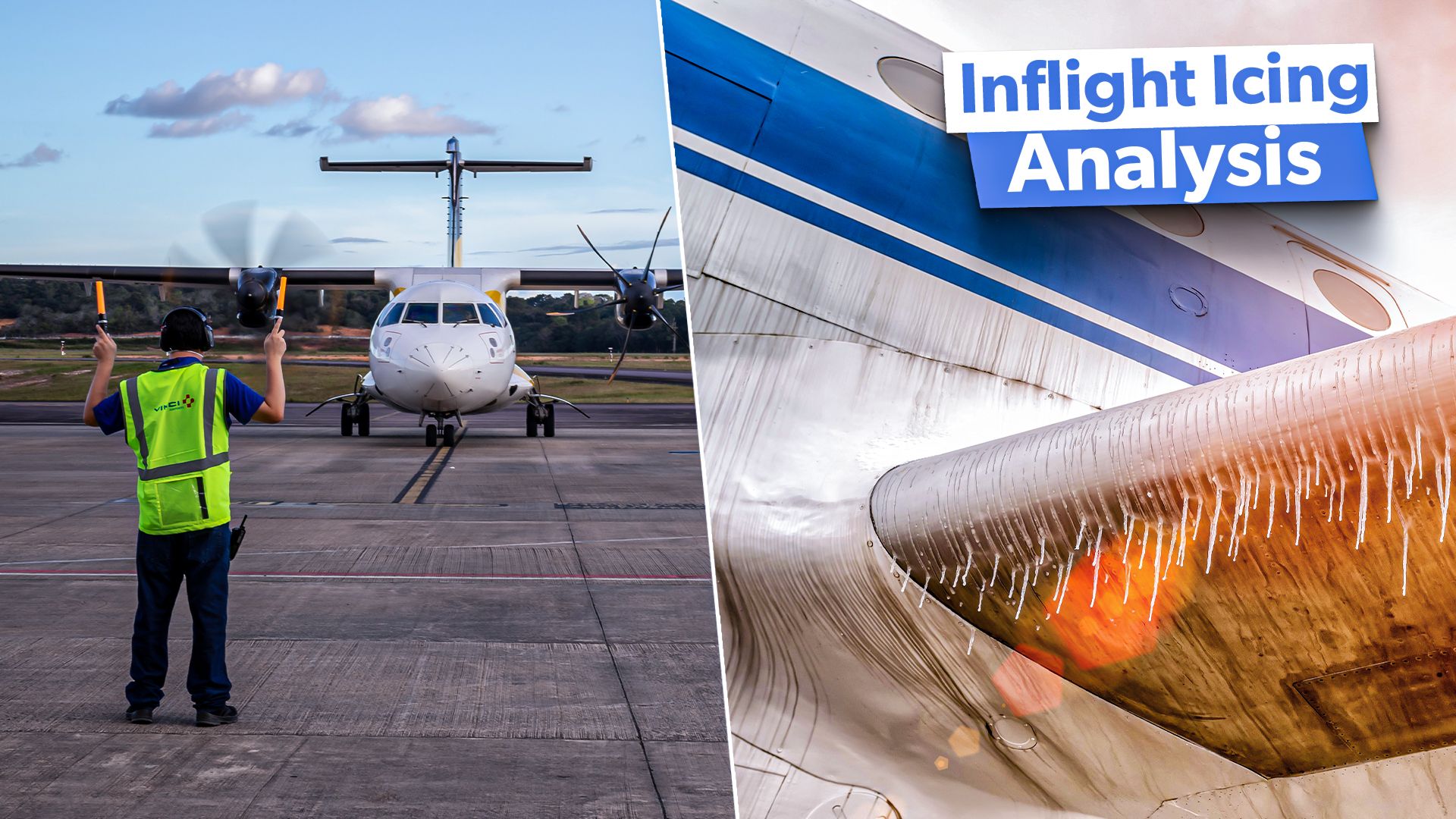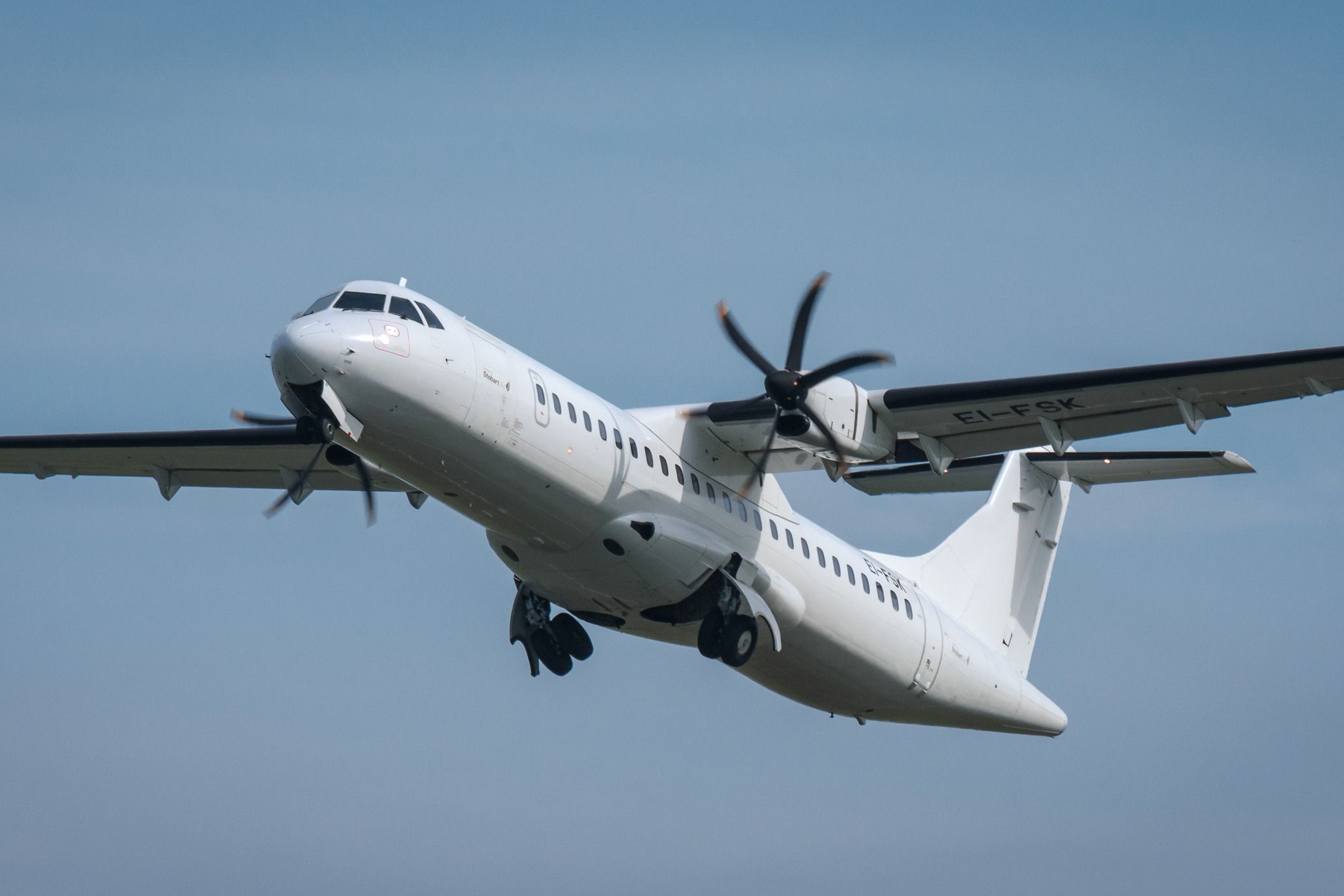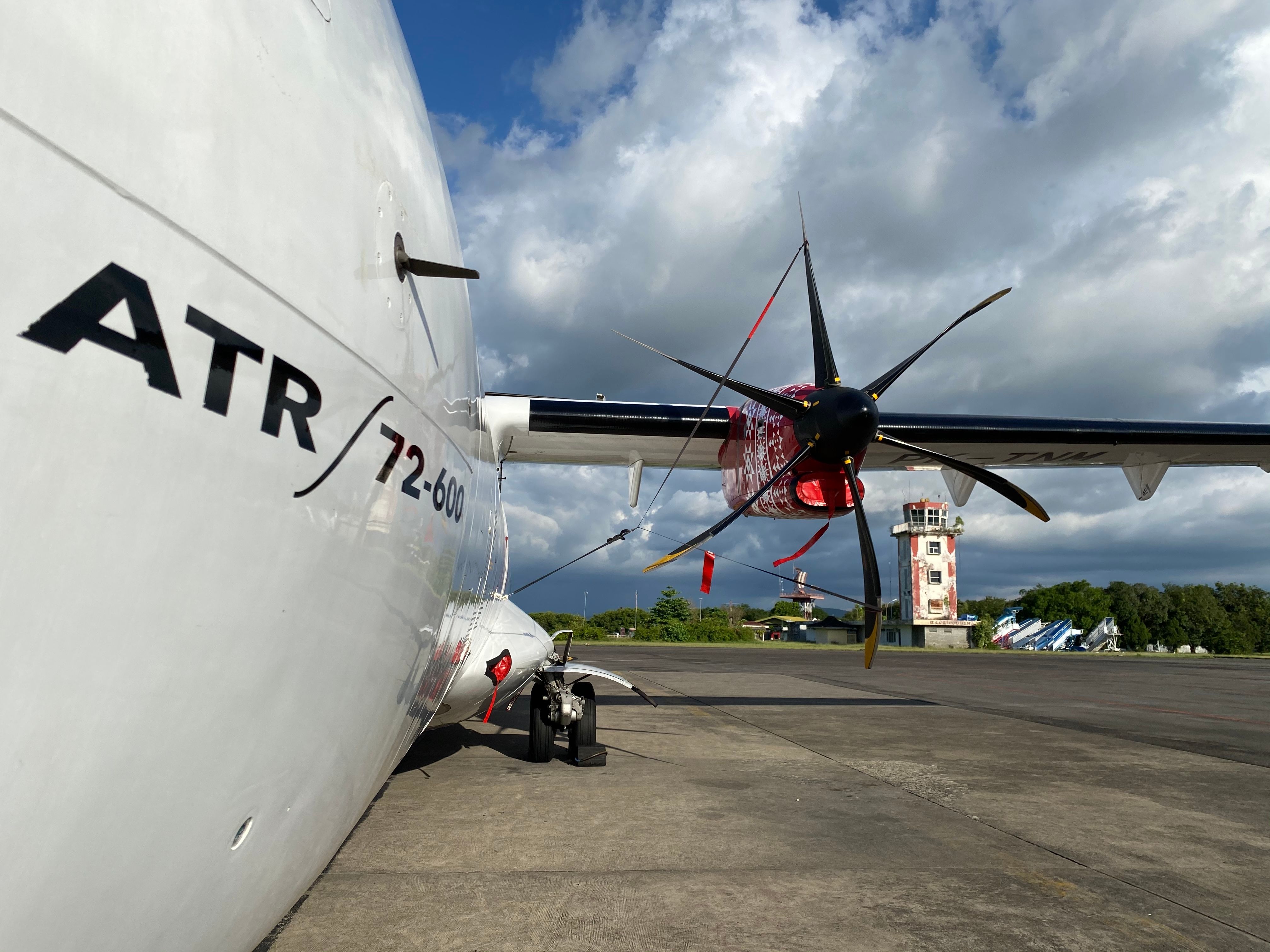Summary
- Turboprops are most icing-prone due to flying at altitudes where supercooled water droplets freeze on contact.
- Icing can reduce lift and lead to a stall, as seen in Voepass Flight 2283’s tragic crash in Brazil.
- Turboprops use various systems to combat icing, including inflatable boots, thermal anti-icing, and propeller anti-ice.
Because of the many occurrences involving ice,
Turboprops
are frequently featured in the news. These mishaps frequently result from regrettable sequences of events that preceded the aviation catastrophe. But why are turboprops seeing such a high frequency of icing issues?
What makes turboprops the most icing-prone aircraft
The development of
icing on airplanes
can be influenced by a variety of factors, including temperature, humidity, and altitude. However, icing is most commonly observed at ‘mid-altitudes’ (10,000 to 20,000 feet), where supercooled water droplets form. These droplets are liquid water that stays unfrozen even though it’s below freezing.
If the airplane passes through precipitation or clouds, supercooled water droplets are disturbed from their calm state and instantly freeze, forming ice on the aircraft’s surfaces.
Turboprop aircraft used in scheduled commercial aviation (with at least 30 passengers, such as the ATR 42, ATR 72, or De Havilland Canada DHC-8) although they can reach altitudes up to about 25,000 ft (7,620 m), they typically operate at lower altitudes (especially on shorter routes), reducing climb and descent times.
Photo: Croatorum | Shutterstock
Typically, they fly within the 15,000 ft (4,572 m) to 22,000 ft (6,706 m) range during the cruise phase because they are designed for short—to medium-haul flights. However, as explained before, these flight levels are the most likely to experience icing.
The accumulation of ice can seriously impair the airflow over the wings, resulting in a reduction in lift. The aircraft may stall because of its tendency to stall at a lower angle of attack due to the wings’ diminished performance.
This is most likely what happened to
Voepass Flight 2283
, which had a flat spin and crashed in a residential area close to Vinhedo, São Paulo state, Brazil. But the ultimate professional investigation will have to decide the truth about what actually happened.

Related
A Pilot’s Guide To De-Icing
When and why airlines are required to deice prior to departure.
How do turboprops avoid inflight icing
Determining whether to fly or hold off until improved weather circumstances requires an understanding of the aircraft’s icing conditions both on the ground and in flight.
Turboprops need heavy-duty de-icing equipment due to the altitudes at which they fly. Before we begin, it is important to clarify the distinction between
de-icing and anti-icing systems
. In general, de-icing systems eliminate existing ice buildup, and anti-icing systems stop new ice buildup from occurring.
Photo: M Dio Risdyan C | Shutterstock
In terms of systems, one system may be able to fulfill both duties. When ice has already formed, systems such as surface heating that prevent buildup (anti-icing) can also be utilized to de-ice the area. An overview of turboprop ice protection systems, according to the CFI Notebook, is provided in the table below.
|
Turboprops icing protection systems |
|
|---|---|
|
Inflatable boots |
These rubber covers are placed on airplane wings to dislodge ice that accumulates while in flight. These boots, which are powered by the engine’s air, can be cycled manually or automatically and are operated from the cockpit. They must be examined by pilots prior to every flight. |
|
Thermal anti-icing systems |
High-performance turbine aircraft prevent ice from accumulating in flight by warming their leading edges with hot air generated by the engine. |
|
Electro-thermal anti-icing systems |
In order to prevent ice, electro-thermal anti-icing systems use graphite foil that has been electrically heated on the leading edges of the wings and stabilizers. To get rid of ice, the device continuously heats the front edge and cycles heat further back. These systems need to be turned on by pilots before they experience icing conditions. |
|
Weeping wing anti-icing systems |
The weeping wing releases antifreeze from tiny perforations in the front edge of the wing. By severing the ice’s attachment to the wing, this can both prevent ice buildup and de-ice the aircraft by enabling ice to be blown off during flight. |
|
Propeller anti-ice |
While some propellers use integrated heating wires in the propeller boots, others use systems that spray alcohol along the blades. Before takeoff, pilots should inspect these systems to prevent problems such as uneven ice removal causing propeller vibrations. |
|
Windshield ice control |
Electric heaters or alcohol are the two methods used in windshield ice control systems. If alcohol is administered early, it can avoid ice buildup. Electric heaters employ wires installed in the windshield to produce heat and prevent the formation of ice. These warmers should only be used in flight; if operated on the ground, they may damage the glass and result in compass errors. |
|
Other ice protection systems |
Electrical heating is used by a number of aircraft systems, including stall-warning sensors, fuel vents, and pitot tubes, to prevent icing. While carburetor heat and graphite heating tape are examples of anti-ice and de-ice equipment, they are not intended for extended flying in ice. Instead, their purpose is to swiftly remove ice. |

Related
Ice Crystals On Aircraft Windows: Are These A Cause For Concern?
There are specific situations where ice crystals can pose safety issues for general aviation aircraft.
On turboprop planes, the boots inflate in pairs for 6 seconds each, with a pause between cycles that can be set to fast (24 seconds) or slow (204 seconds), depending on the severity of the icing.
All things considered, certain aircraft are more susceptible to icing because of intricate design elements or the altitudes at which they fly. The only effective way to reduce risk is to use increasingly precise weather forecasts in conjunction with proper pilot training. No onboard solution can totally minimize the possibility of icing with current technology.



